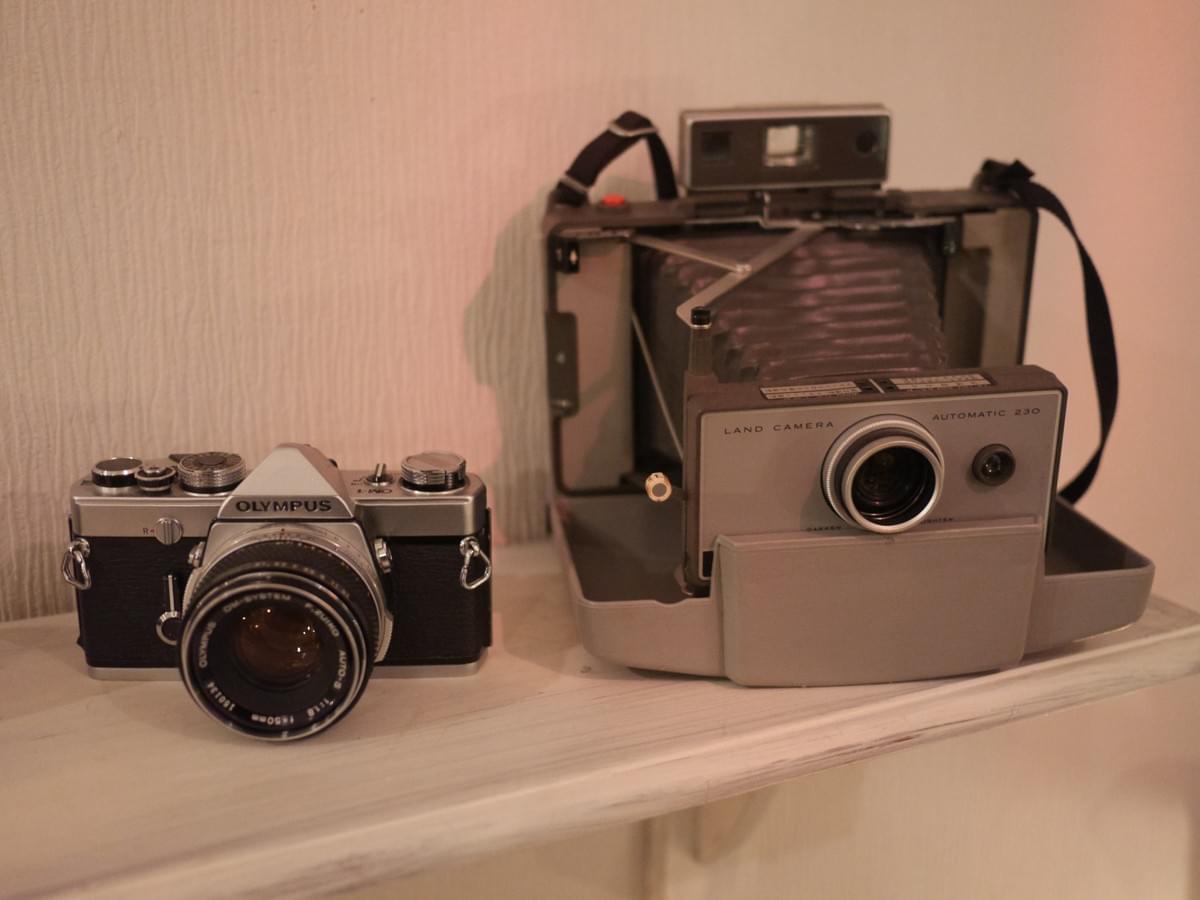Sendai knows to shine with a broad offering of cafés in all sizes and types, from the large chain stores to small gems hidden in inconspicuous locations. They all help to unwind after a long day of work, studying or sightseeing. One of these places is Singapore Night, a corner café tucked away a short walk away from the city center.
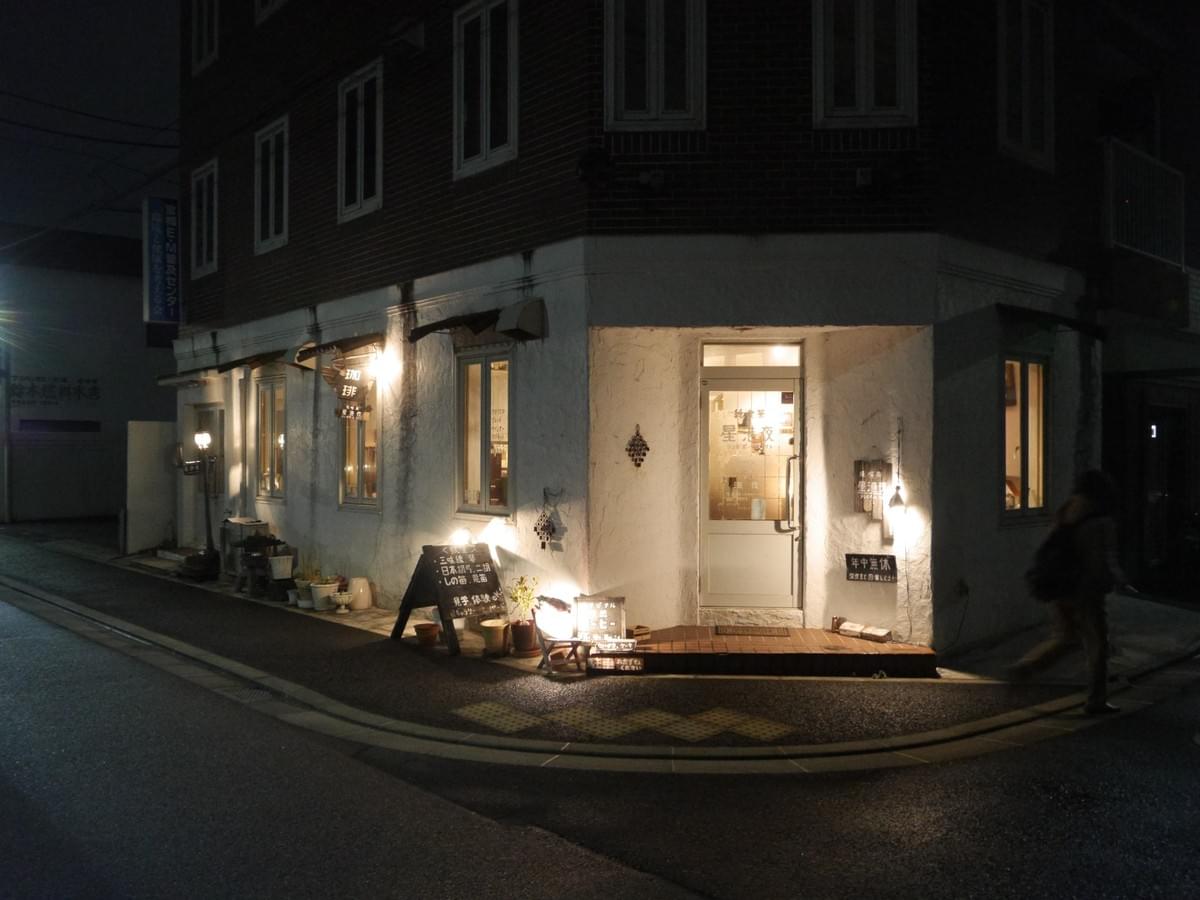

From the outside, Singapore Night’s bright appearance in the middle of a weakly illuminated side alley roughly a ten minute walk away from the Nishikicho Park gives it an atmosphere something akin to a lighthouse. When you enter, the warmth from the lightbulbs flowing onto you, the soft chatter from other tables (if there is any) and the music make you feel more like stepping into a living room rather than a café.
Guests are greeted by Takumi Saito, the owner of the establishment. Guiding customers to their seats, his pony tail sways gently.
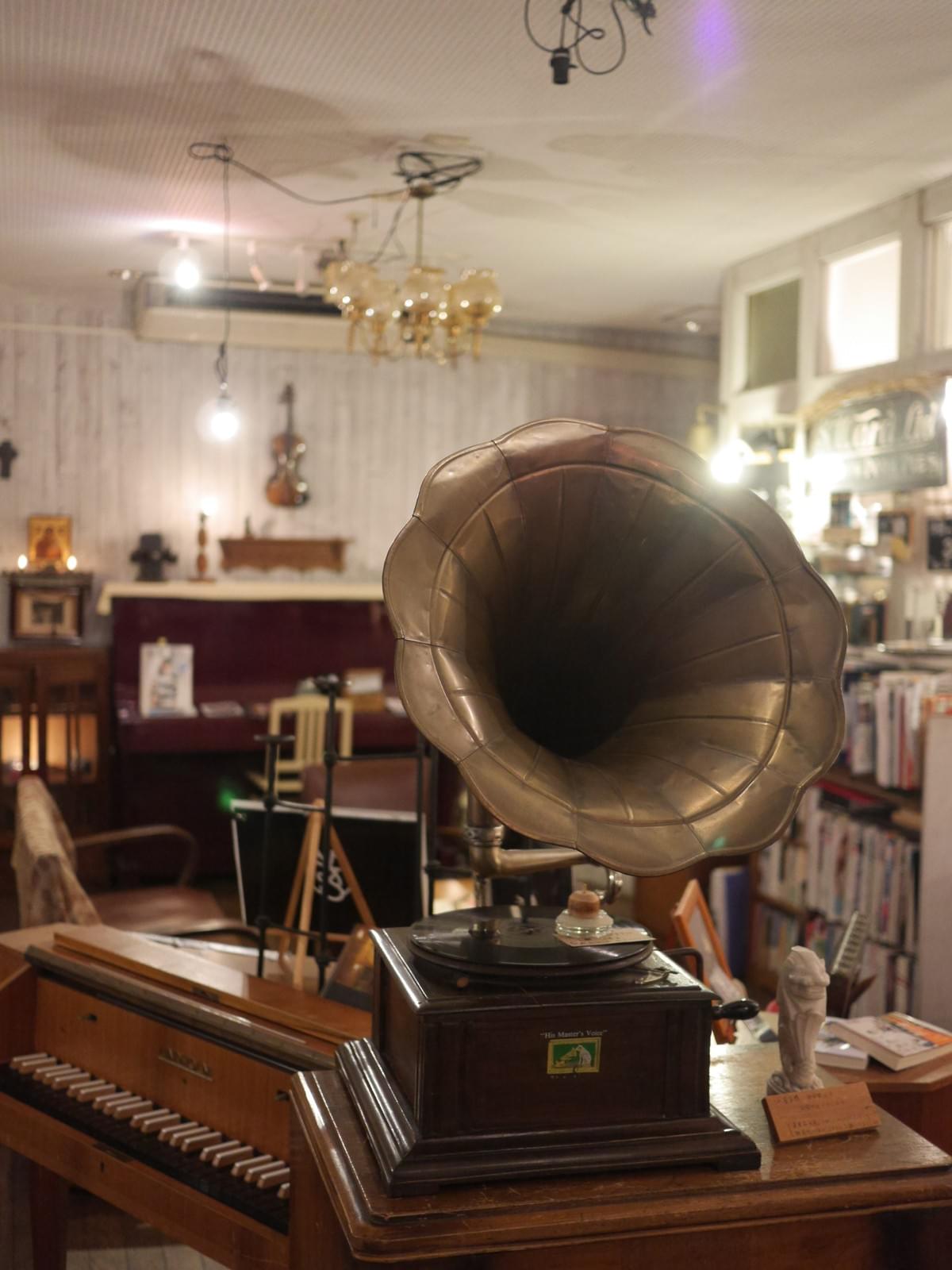
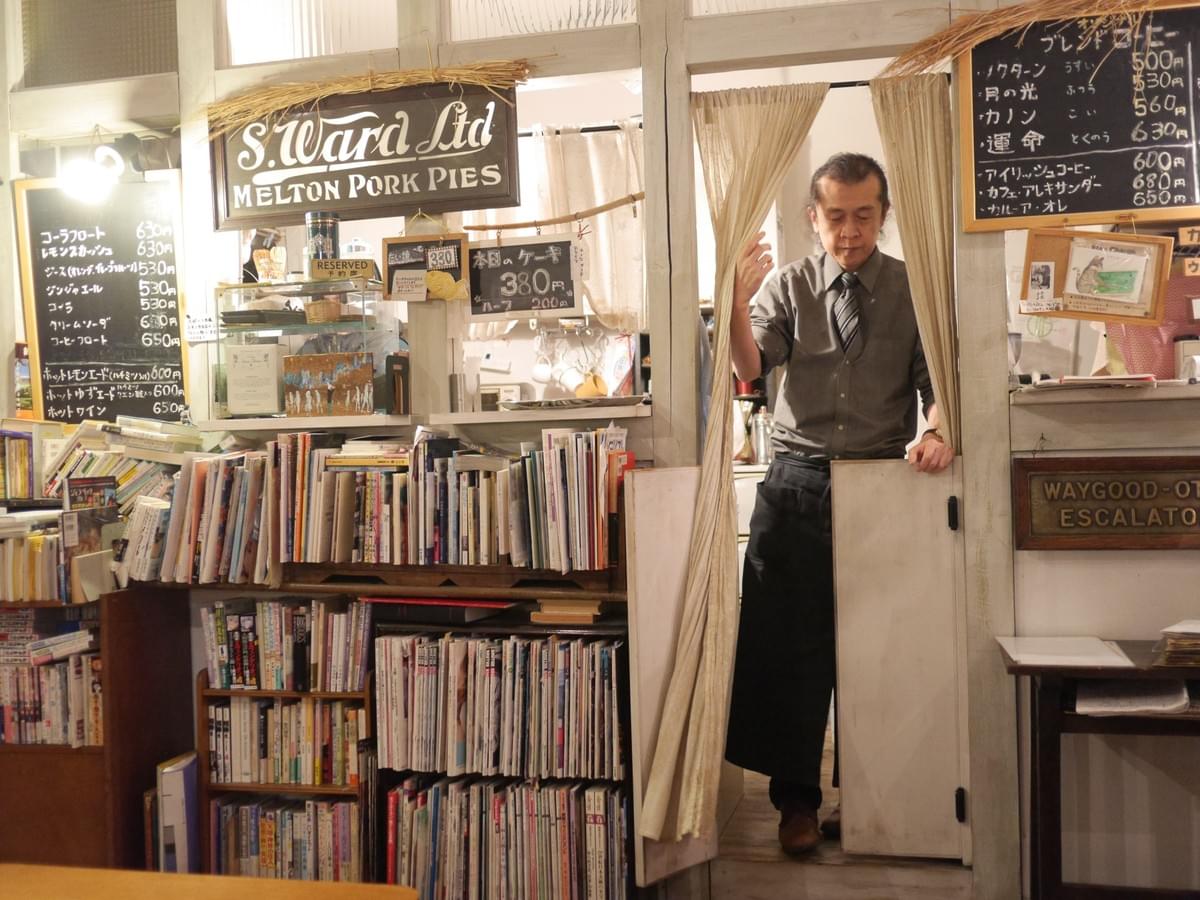
Next to a selection of coffee variations that will make fans of the brown bean feel right at home, the menu – which looks more like a scrapbook than a menu with thick cardboard pages, glued on pictures and decorations and held together by a thick string – also holds a rare treasure, the mint hot chocolate. To our knowledge, this delicious must-try beverage, a piece of minty heaven in a cup has so far only turned up here, so drop by if you want to give it a try. The menu also offers bakery such as the cake of the day and Taiyaki, a crunchy treat made from pancake batter in the shape of a fish and filled with bean paste or custard.
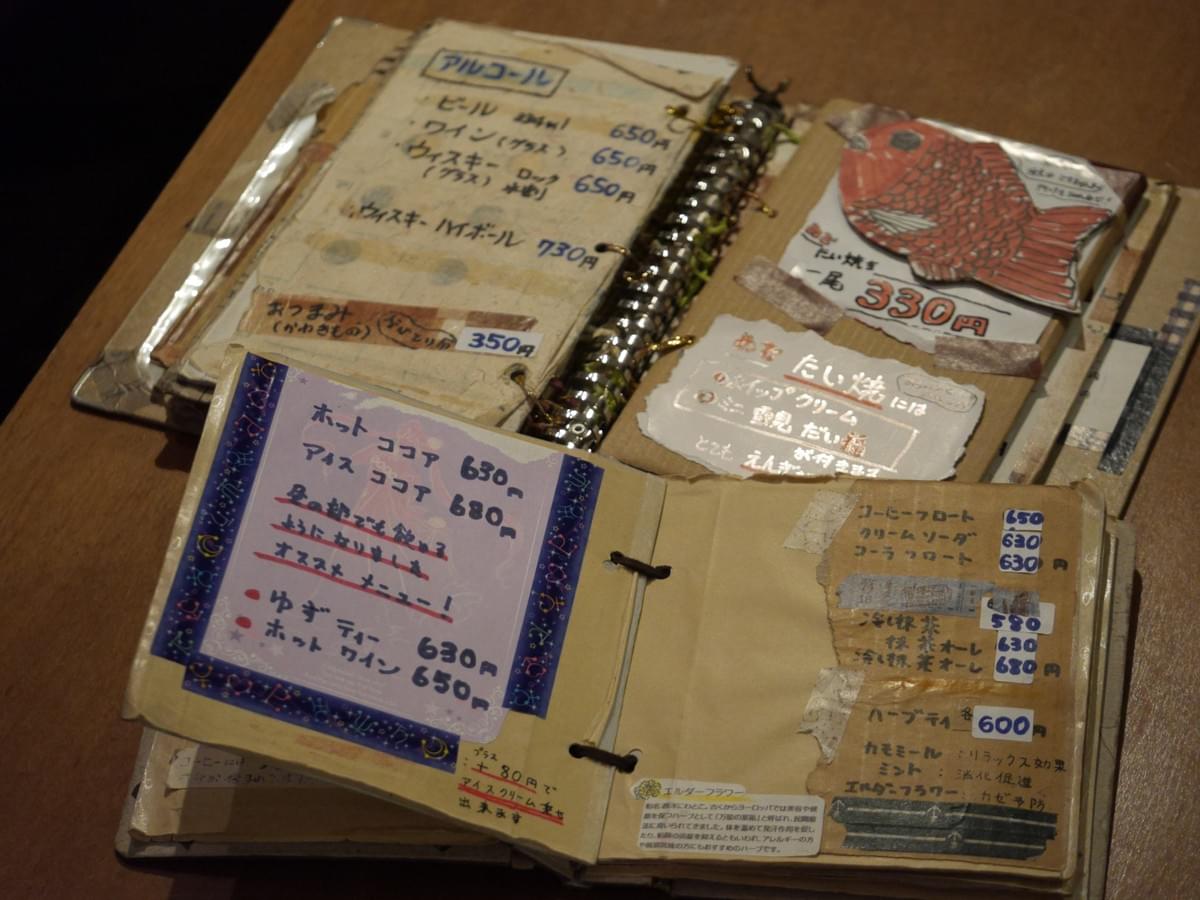
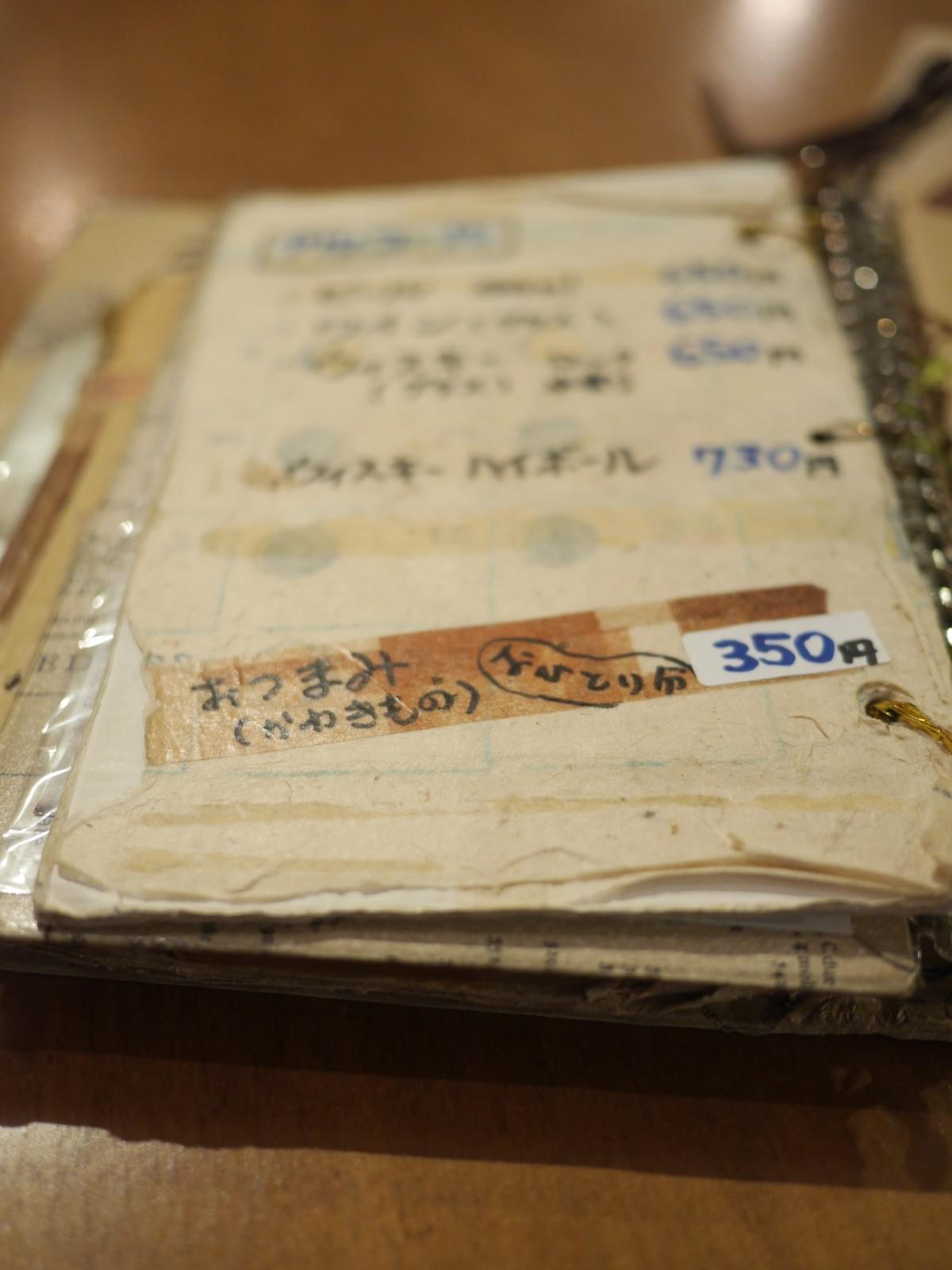
After receiving an order, Mr. Saito retreats back into his kitchen. The view inside is obstructed by a swinging door and a hand-through window just enough for guests’ imaginations to start running when eventually rattling sounds ensue. During the wait, customers are free to flip through one of the books in the shelf or on the table, topics ranging from history to fashion to local restaurants to manga. Some works nicely illustrate how Sendai looked just fifty years ago. The shelf is pretty packed, so be careful not to have the entire library collapse in a domino reaction.


The ambience allows customers to sink completely into their own world. The music is inobtrusive and soothing and Mr. Saito generally holds out in the kitchen until he is called, which is when he swiftly glides over the wooden floor, ready to take the next order with a smile. Some might have a leisurely chat with a friend, others might put together plans for events and others again might let their creative juices flow. During the author’s visit, one guest sat in corner, hunched over a synthesizer wearing large headphones.


In its current state, Singapore Nights has been running for about ten years. Mr. Saito takes care of everything by himself in the evening and only has one assistant that is responsible from noon to evening. Prior to the current location, the café was a billiard hall with as many as eight tables. Now, to keep the spirit going, Mr. Saito has two tables set up in a back room for enthusiasts. The café is also used as an event space, be it plays or live music performances ranging from Jazz to Bossa Nova.
Lessons for a variety of Japanese instruments - the guitar-like "Shamisen", the horizontal harp "Koto" and the Japanese fiddle "Kokyu" - are held in the back between the two pool tables. While the music played on these instruments stands in somewhat of a contrast to the European flair of the interior design, at the same this side of Singapore Nights gives it yet another layer of originality.
Customers who would like to experience these Japanese instruments first-hand, live and in color should get in touch with Mr. Saito before their visit. If the timing is right, he might just be able to call in one of the teachers to give a little impromptu in-store performance or show some of his own skills.
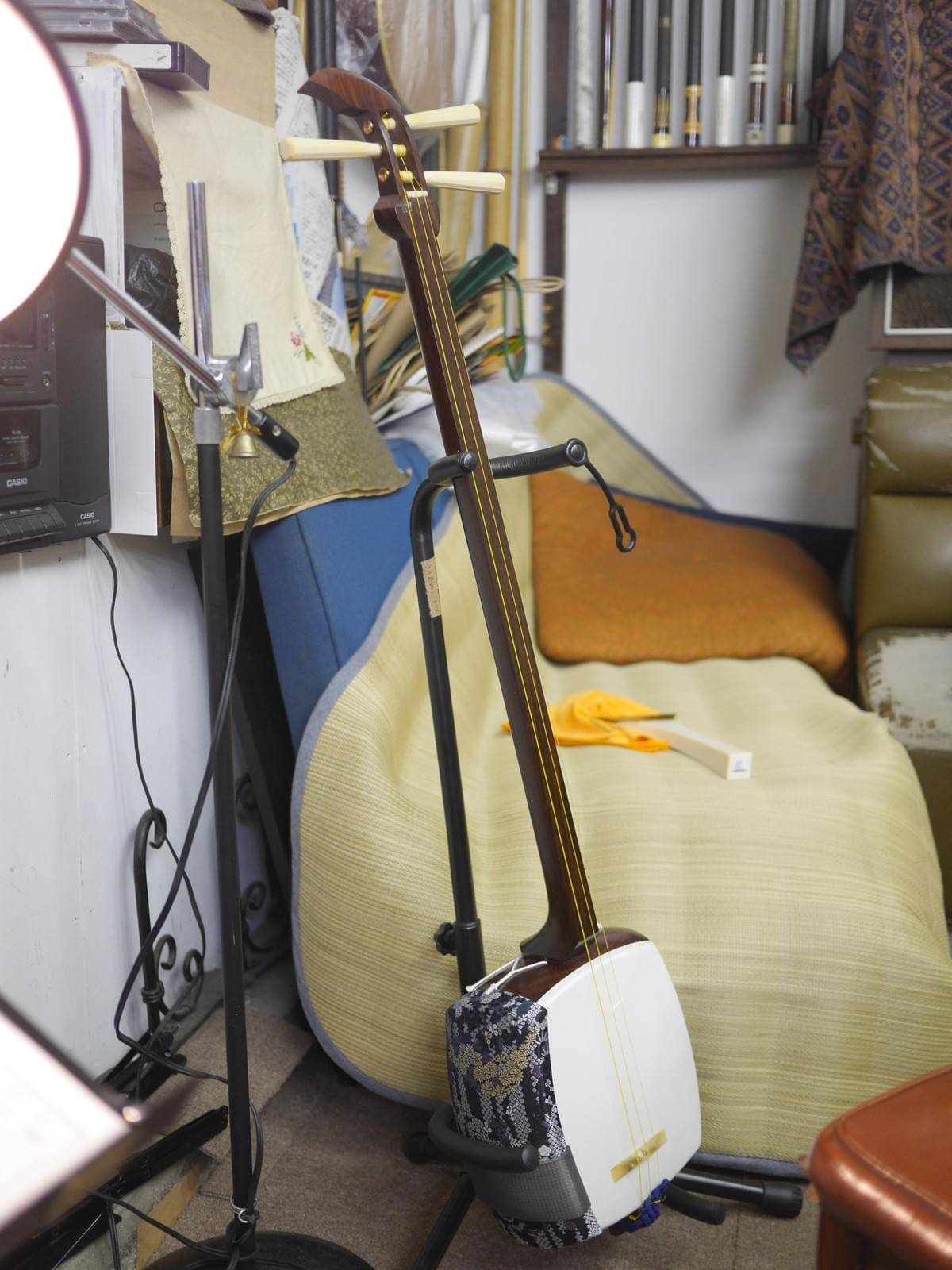
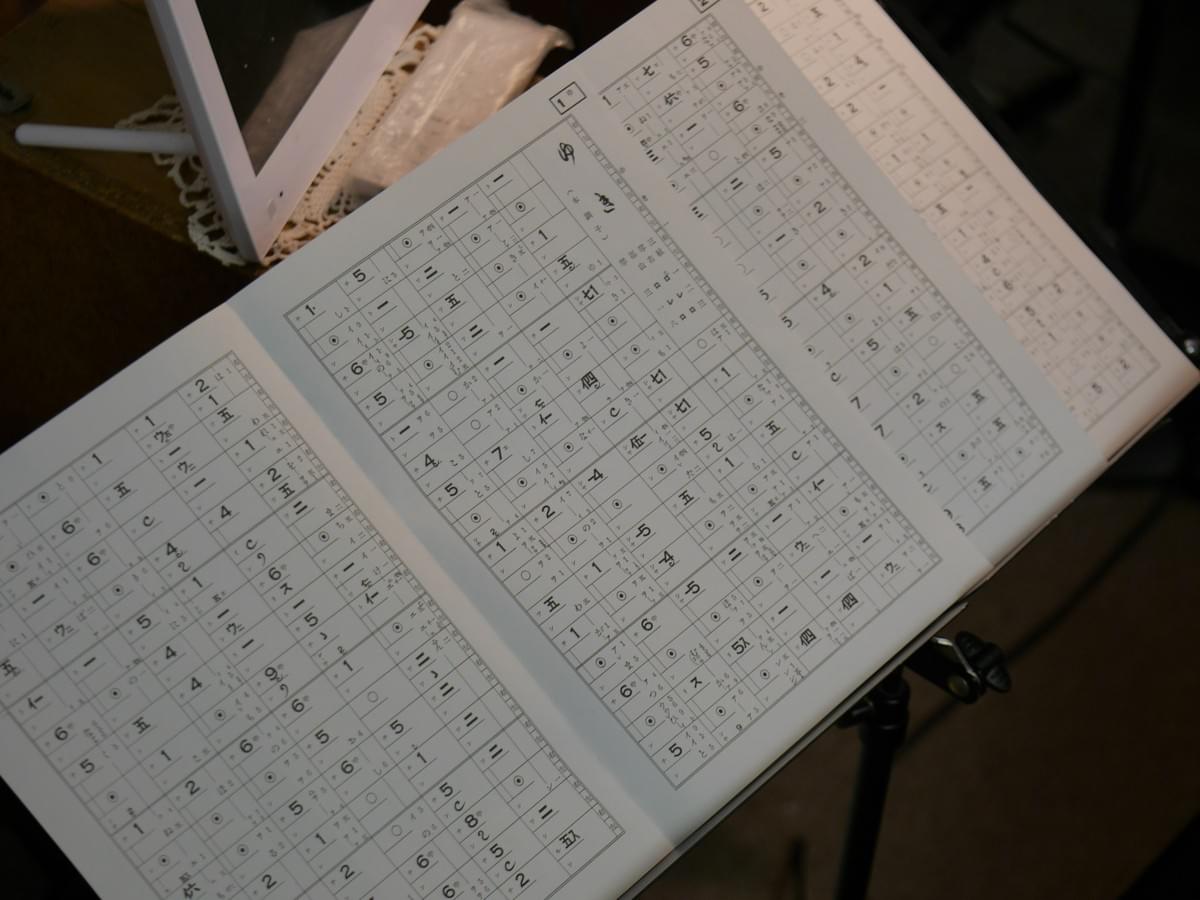
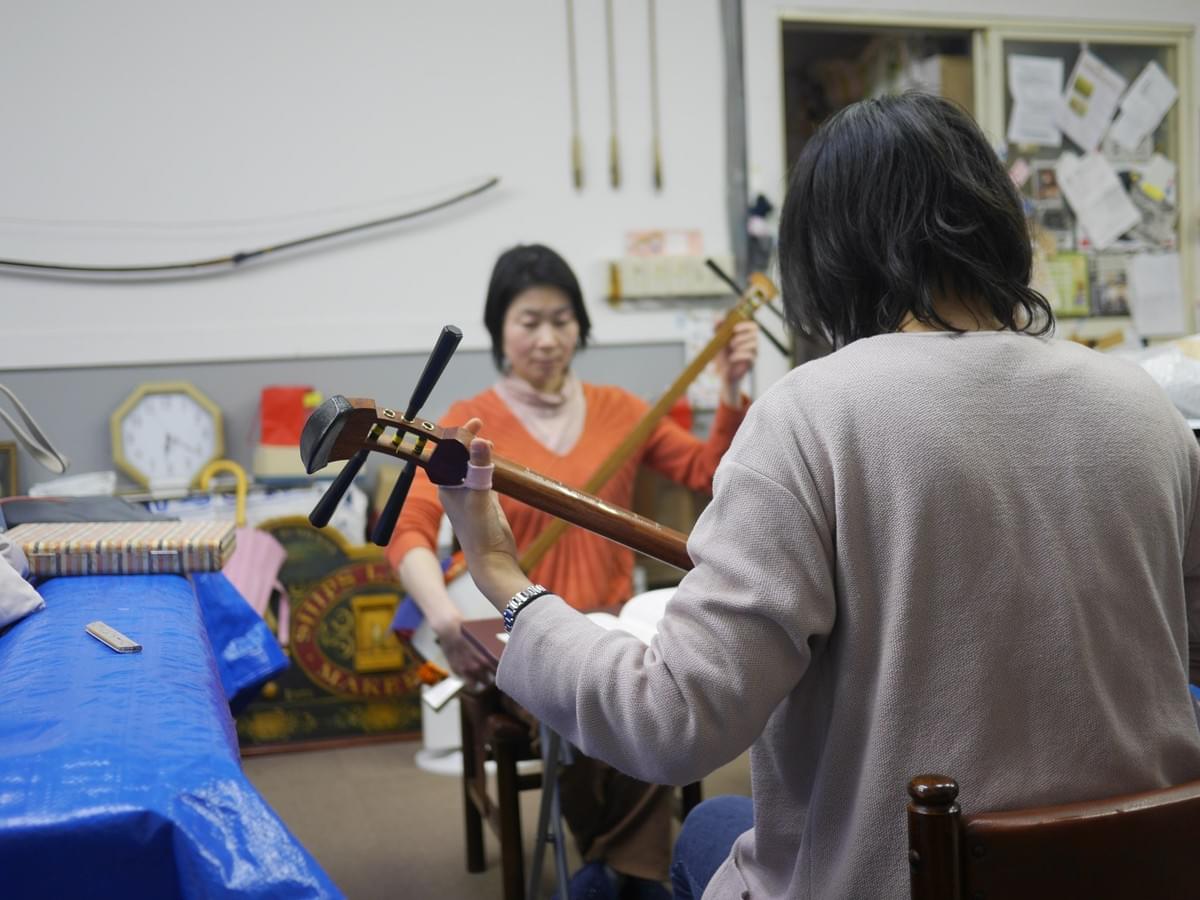
Mr. Saito is a true original from Sendai. After working as a salary man at a company for nine years, he realized it was not for him and switched his profession. In 1994, he participated and took first place in a billiard tournament in Nice that would have enabled him to participate in the French Billiard Championship. Unfortunately, there were some complications and he had to cancel his participation. He still has lots of dreams for Sendai’s future development and seems to be invested in doing his part to support the city. He also knows a little English, so no Japanese proficiency is necessary to enjoy a visit.

Old clocks and cameras lined up along the wall can make one think that Mr. Saito has a faible for these kinds of vintage objects. When asked, he smiled and shook his head. While he considers himself an analogue person and he admits to the vintage flair – this is a place where time stands still –, some of the clocks and cameras were simply gifts from customers – one camera from Germany was apparently almost 70 years old. In this sense, Singapore Night has grown into its current shape thanks to the vision of the master and the contributions from its customers. The result is a space that seems to lie just outside the daily trot that many of us are used to. Every element, from the piano to the layout and the old typewriter on display, comes together to create a space that lets visitors breathe and recharge their batteries. It is hard to imagine anybody else than Mr. Saito to succeed in creating this cozy little refuge.

